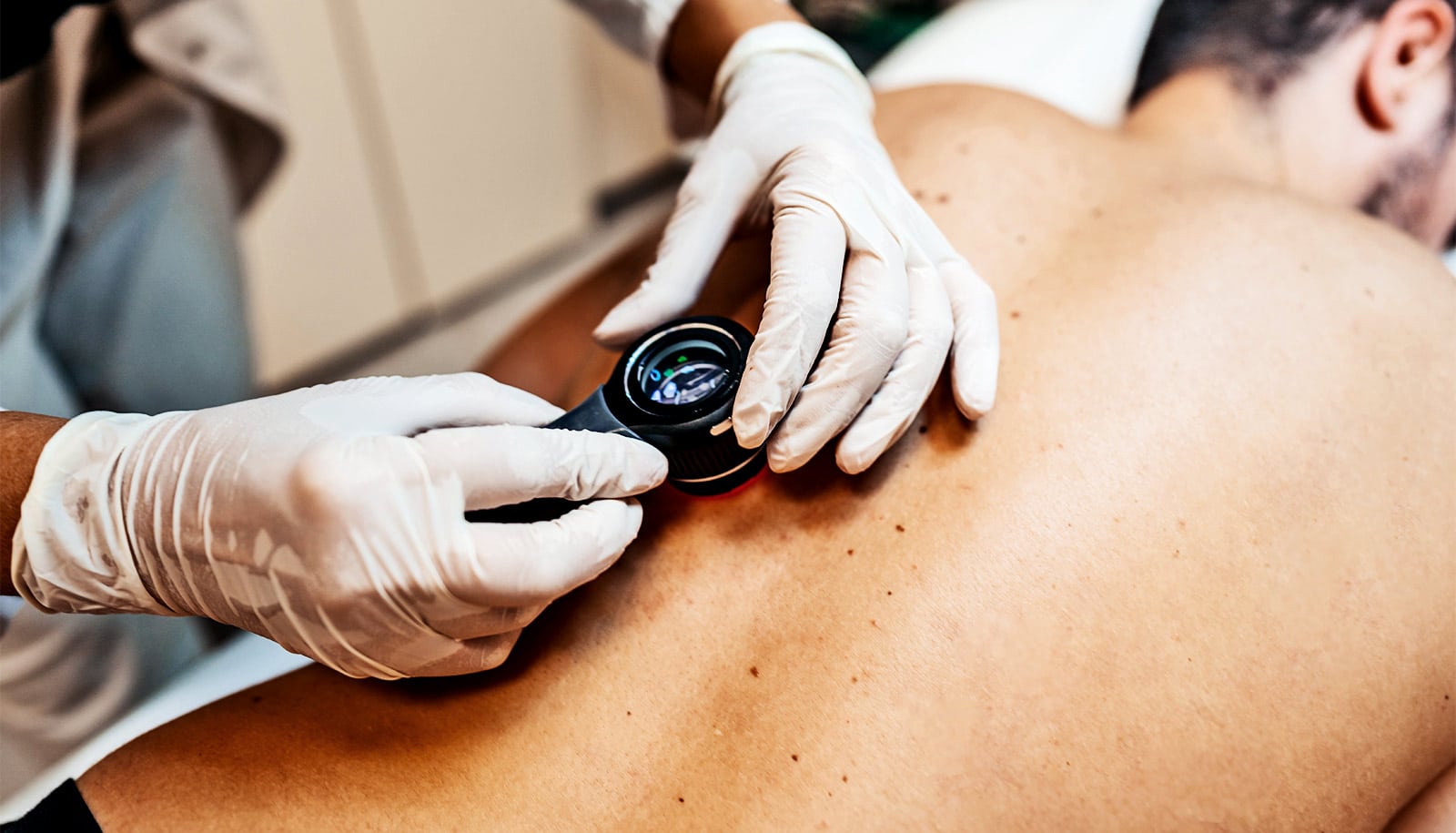Imaging just one week after starting treatment can predict melanoma’s response to immunotherapy, researchers report.
While the standard timing for imaging patients’ tumors after immunotherapy is three months, the researchers found that imaging patients with melanoma after just one week of treatment illuminated metabolic changes in their tumors that corresponded with a response to the treatment and longer survival, according to new research.
“Time is always valuable when treating cancer, and imaging tumors early can improve how clinicians develop personalized treatment plans for each patient,” says senior author, Michael Farwell, an associate professor of radiology at the Perelman School of Medicine at the University of Pennsylvania.
“For example, if a patient’s scan shows a response, they could potentially de-escalate therapy or avoid surgery. On the other hand, if a patient isn’t showing a response, it tells their care team to try other treatment options which could better treat their cancer, and would reduce unnecessary side effects from an ineffective and costly treatment.”
Immunotherapy activates the body’s own immune system to attack tumors. While it can be effective for many patients with cancer, not all patients respond to therapy, and the treatment can cause severe adverse events, like toxicity that affects the stomach and intestine, hormone, or skin.
In this study, which appears in Clinical Cancer Research, Farwell and his colleagues evaluated whether a 18-F-fluorodeoxyglucose (FDG) positron emission tomography (PET) and computed tomography (CT) scan could detect an increase in metabolic activity in patients shortly after their first dose of immunotherapy. FDG PET and CT is typically used to detect cancer in the body. It is FDG that causes tumors to “light up” in CT and PET scans.
Similarly, when a patient responds to immunotherapy, activated immune cells penetrate the tumor, which shows an increase in FDG activity on scans, which Farwell and his collaborators refer to as a “metabolic flare.” Then, as the tumor responds to therapy, the tumor cells die and pass back through a stable metabolism phase and ultimately show a decrease in FDG activity, which the researchers refer to as a state of “metabolic response.” In contrast, the tumors of nonresponding patients maintain stable metabolism.
The study evaluated FDG PET/CT scans of 19 melanoma patients treated with pembrolizumab, an immunotherapy drug, after one week. At that time, the scans revealed changes in metabolic activity (a metabolic flare or metabolic response) in 55% of patients whose tumors responded to treatment, and no changes in metabolic activity in any of the patients whose tumors did not respond to the treatment. Patients that had a metabolic flare or metabolic response also had longer survival.
To support their results, researchers used blood samples from the patients and measured activated CD8 T cells, which are part of the immune response activated by treatments like pembrolizumab. As predicted, increased CD8 T cell activation correlated with the changes in metabolic activity on the FDG PET/CT imaging.
“Our hope is that not only can this simple, accessible imaging technique accurately determine if immunotherapy will be effective early on, but also that it will help us better understand the biology of tumors and immunotherapy,” says Farwell.
“As a next step, we are designing larger-scale studies to validate these findings and evaluate early FDG PET/CT imaging of tumor response in a variety of other cancer types and immunotherapy regimens, including cellular immunotherapies.”
This research was funded by a research grant from Merck Sharp & Dohme LLC.
Source: Penn



